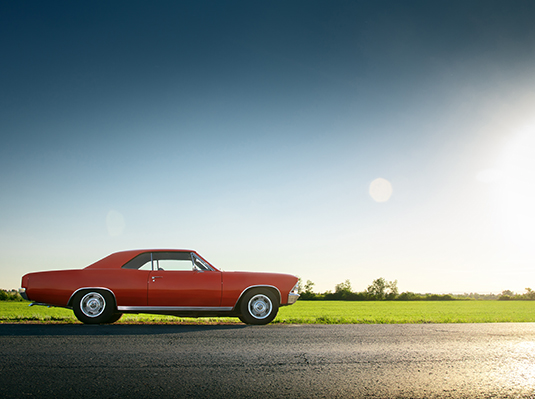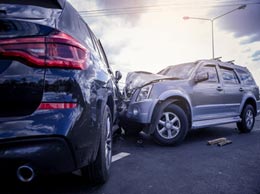
What is Classic Car Insurance?
Classic car insurance is a form of specialty insurance that is specifically designed to cover classic cars. Classic, antique, and vintage vehicles oftentimes require much different care than a modern-day vehicles. Parts are harder to find, maintenance can only be done by a specialist, and overall there are more things to consider when managing the risk of a classic car. It is for this reason a separate classic car policy is often necessary to appropriately cover these types of vehicles.
How is it different?
One of the most notable differences between a classic car policy and your household auto policy is how claims pay out in the event of an accident. On a standard auto insurance policy, vehicles are typically covered for actual cash value. This means that in the event of a claim, your insurance would pay for the current blue book value of the vehicle. In more technical terms, your payout would be the current market value of the vehicle minus depreciation. Now this works with your normal personal vehicles because they are depreciating assets. This is where classic cars and daily drivers are different. Classic cars are an appreciating asset, meaning that over time they gain value. As you may have already noticed, this could cause a problem when it comes to insurance. For example, the current price of a 1969 Ford Mustang Mach 1 is roughly $110,000, and the current actual cash value of that vehicle is roughly $5000. If you were to cover that vehicle on your normal run-of-the-mill auto policy and you ended up totaling it, you would be receiving the five grand; leaving you a devastated car lover. It is for this reason that classic car policies cover vehicles at an agreed value, meaning that the vehicle will be covered for an agreed stated amount. Now looking back in that same scenario, if someone was to total that mustang, they would receive $110,000 as opposed to the measly five grand. This is one of the primary differences in classic car insurance.
Aside from the primary difference of payout, classic car policies also insure that if your vehicle was to be damaged that the parts being used to repair the vehicle are time period accurate. The ultimate goal is to keep the vehicle as close to its original condition as possible and not lessen the value. Now with some of these added features, there is the trade-off of certain restrictions when having a classic car policy which we will look at in our next section.
So do I need a classic car policy?
The first thing to understand is that not all classic cars may qualify for a classic car policy. Many carriers have various driving restrictions when it comes to classic car policies. These may include driving it under a few thousand miles a year, only driving it in parades or events, or taking it to and from car shows. It is important to talk with your insurance advisor about the intended use of the classic car that way it can be appropriately covered.
Another point to consider when looking at a classic car policy is that age alone does not make a vehicle a classic or collectible vehicle. Not all old vehicles appreciate in value and most will continue to depreciate until they are undrivable. For example, a 40-year-old Honda Civic is not automatically worth hundreds of thousands of dollars just because of the age. It is a necessity to understand the value of the vehicle you are wanting to ensure. If the vehicle is only worth a couple of thousand dollars in today’s market then a standard auto policy may be your best bet. Classic car policies are for vehicles that have been deemed to have some sort of collector's value that is more than the actual cash value due to age, rarity, or some other factor.
Can I put a classic car on my current policy?
The answer to this question is maybe. Some auto insurance providers will allow you to add a classic car to your current auto policy and cover it as such while other companies will not cover classic cars and you will need to find a separate policy for that vehicle. When seeking coverage for your classic car, you need to be prepared to provide color photos of both the exterior and interior of the vehicle to establish value. In addition to pictures, you will also need to think about how you will be using the vehicle as this will impact the coverage you may qualify for. If you ever have a question about whether a car should be covered on its own classic car policy, call your insurance advisor to look at your different options. You may be surprised to find that they are often far less expensive than you may have expected due to the limited driving exposure and high level of care that these types of vehicles receive.
Classic car policies are an absolute necessity when it comes to appropriately covering a classic, antique or vintage vehicle. You may have to jump through a few more hoops and check a few more boxes when it comes to documentation, but the value is worth it by far. For a real car enthusiast, the peace of mind knowing that you will not have a giant loss on a prized possession or financial investment is priceless.
The contents of this article are for informational purposes only. You should not act or refrain from acting based on this information without first consulting a Goosehead licensed agent at [email protected]. We disclaim all liability for actions taken or not taken by you based on the contents of this article which is provided "as is." Goosehead makes no representation that this content is error-free.


